Dr. Tran Du Lich said that with this administrative unit organization, the important thing is not only to reduce the number of provinces and cities but also to create administrative space and development space into "the same space". According to him, it is necessary to have a perspective on spatial development so that when decentralizing and delegating power to provincial or city authorities, they have room to develop " economic sub-regions" to bring high efficiency.
According to him, it is necessary to unify the viewpoint that due to different natural characteristics, geographical locations, and landscapes, the scale of provinces and cities is not equal in area or population because the world also develops at very different scales, there are megacities but also very small autonomous cities.
Furthermore, it is impossible for the Mekong Delta, Central Vietnam, and Central Highlands to have the same scale, area, and population. As for what scale is appropriate, the authorities must calculate based on many different factors according to the established principles and criteria...
Regarding the Southeast region, Dr. Tran Du Lich said that we are confused in developing the economy of the Ho Chi Minh City region, because in reality we cannot create a regional level, only manage at the provincial level. The formation of the Ho Chi Minh City region, although decided in 2013, in reality, everyone does it their own way, discussing many mechanisms but still cannot find a way out.
According to experts, with the upcoming provincial merger, if Ho Chi Minh City expands according to the space of the urban area, it can become the Ho Chi Minh City urban area, with one level of government, which will be very convenient for development, instead of linking together into an economic region. While we do not have a regional government, the urban area becoming one level of government is even more convenient, especially in exploiting the advantages of infrastructure development. If Ho Chi Minh City expands, it will speed up the current infrastructure projects to become inter-provincial.
"There will no longer be a story of discussing a bridge location for a whole year without deciding, because this person wants to place it here to benefit me in this way, that person wants to place it there to benefit me in that way," Dr. Tran Du Lich emphasized.
Architect Ngo Viet Nam Son acknowledged that the previous planning of Ho Chi Minh City was a multi-center urban planning, with the inner city area of Ho Chi Minh City and surrounding satellite cities. In the future, if Ho Chi Minh City merges with a neighboring province in the North and a province in the Southeast, the city will become a 3-pole urban area, with its own advantages that it did not have before.
At that time, the North is a highland area, in the context of climate change and rising sea levels, it will be a pole attracting population and can develop industry. On the contrary, with the advantage of the sea in the Southeast, the city will form a long chain of coastal urban areas. Ho Chi Minh City will become a coastal urban area, instead of a coastal urban area as it is now (ie the urban area is located inland and has a branch to the sea, Can Gio).
Dr. Nguyen Quoc Viet, Deputy Director of the Institute for Economic and Policy Research, University of Economics, Vietnam National University, Hanoi, also acknowledged that the merger helps to extend the development space and growth pole to the sea based on a better traffic infrastructure connection, in the condition that we complete a series of expressways extending to Ba Ria - Vung Tau as well as on the basis of connecting expanded seaport infrastructure.
Dr. Nguyen Van Dang, Ho Chi Minh National Academy of Politics, believes that the most pressing development space today is the provinces of the Red River Delta. This region has been extremely economically vibrant in recent years, but according to Dr. Dang, this vibrant development has led to the limited resources of the small provinces here, including Bac Ninh, Hai Duong, Hung Yen, Vinh Phuc, Ha Nam, etc.
"Space is constraining thinking, it's like if you live in a big house, your thinking is different from if you live in a small, patched house," Dr. Nguyen Van Dang compared.
Not to mention, there is currently competition and investment attraction between provinces, and this, according to Dr. Dang, is normal and necessary for provincial leaders, but the fact that every province is doing it right leads to waste and damage on a general level.
"We need to pay more attention to economies of scale than to the autonomy and independence of localities in the context of emphasizing common development goals," Dr. Nguyen Quoc Viet, Deputy Director of the Institute for Economic and Policy Research, University of Economics, Vietnam National University, Hanoi, shared his views with Dr. Dang.
Dr. Viet believes that if we only think about each individual locality like that, we will not be able to promote public investment resources, and at the same time will not create enough attraction to attract other investment resources.
Specifically mentioning the merger direction in this area, a former leader of the Ministry of Construction said that the two provinces of Hai Duong and Hung Yen were previously separated from Hai Hung province. These two provinces compete with each other, both doing industry, logistics, and urban development. If these two provinces were merged, it would also have a larger space, but the new province would not have a sea, so the authorities might consider other options.
With the three provinces that were separated from Ha Nam Ninh province in the past, if they are now merged together according to the above expert, it is still reasonable. These three provinces have points that complement each other in development… Similarly, the two provinces that were separated from Ha Bac province have a very strong Kinh Bac cultural space.
Referring to the Mekong Delta region, Mr. Pham Viet Anh, PhD in environmental and sustainable management, ESG-S Sustainability Advisor, noted that large-scale planning helps avoid fragmented development, which can easily cause ecological imbalance.
Water resources are a high risk factor for ecological and livelihood risks in the Mekong Delta, therefore, forest resources, groundwater, dyke systems, irrigation canals as well as land must be managed more effectively to ensure sustainable development for the entire region.
One of the issues that needs attention and monitoring is that after the merger, the provinces must establish and plan green "buffer zones" to limit environmental pollution caused by large-scale agricultural industrialization if it gets out of control in the future.
Dr. Tran Du Lich analyzed that the Mekong Delta region needs to rely on the specific ecological characteristics of each region to redistribute appropriate development space, in order to develop the strengths of each region. Specifically, it can be divided into 4 areas as follows: Ca Mau Peninsula, Long Xuyen Quadrangle, Tay Do Center (Can Tho), Dong Thap Muoi.
The central area of Tay Do now has a seaport and airport, so it will be convenient to develop economic zones and industrial parks. Therefore, if the development space for this central area is expanded, in the future this area will be linked to all the industrial bases of the Mekong Delta.
Ca Mau peninsula (Bac Lieu, Ca Mau) will focus on developing strongly in aquaculture, seafood, wind energy, and renewable energy.
The Long Xuyen Quadrangle has potential for agricultural and fishery development due to its long coastline, bordering Cambodia. If the authorities consider the option of merging the two provinces in this quadrangle (except Can Tho), it will demonstrate a long-term, stable vision for development, at least from now until 2045.
The Dong Thap Muoi area is a lowland area that has been transformed into a very large rice growing area. Therefore, this area will continue to be a large rice granary for the region and the whole country.
Content: Bich Diep, Xuan Hinh, Can Cuong, Tung Nguyen
Dantri.com.vn
Source: https://dantri.com.vn/noi-vu/sap-nhap-tinh-nao-voi-tinh-nao-de-gia-tang-dong-luc-tang-truong-20250327082922397.htm








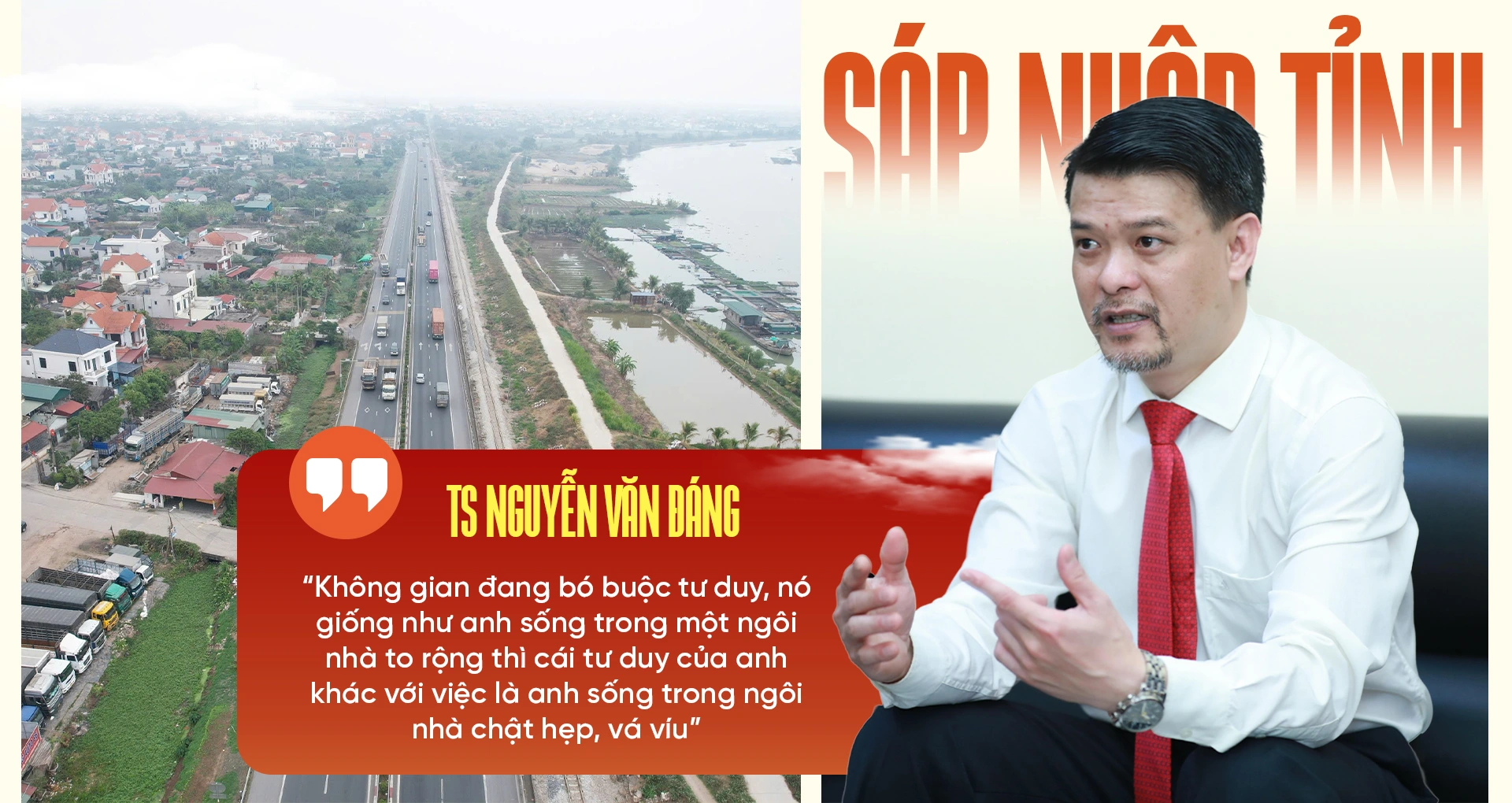
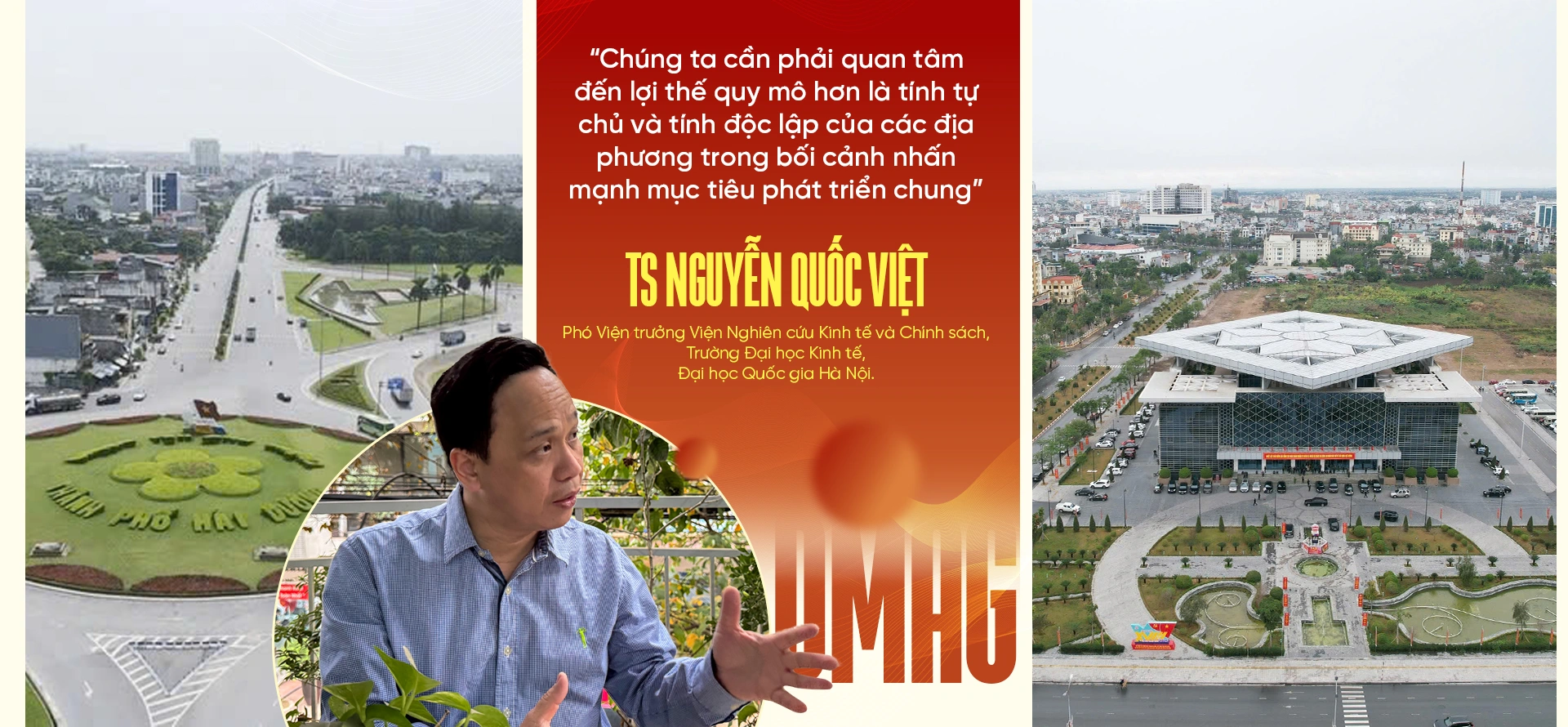




![[Photo] Prime Minister Pham Minh Chinh chairs the conference to review the 2024-2025 school year and deploy tasks for the 2025-2026 school year.](https://vstatic.vietnam.vn/vietnam/resource/IMAGE/2025/8/22/2ca5ed79ce6a46a1ac7706a42cefafae)
![[Photo] President Luong Cuong receives delegation of the Youth Committee of the Liberal Democratic Party of Japan](https://vstatic.vietnam.vn/vietnam/resource/IMAGE/2025/8/22/2632d7f5cf4f4a8e90ce5f5e1989194a)

![[Photo] President Luong Cuong attends special political-artistic television show "Golden Opportunity"](https://vstatic.vietnam.vn/vietnam/resource/IMAGE/2025/8/22/44ca13c28fa7476796f9aa3618ff74c4)


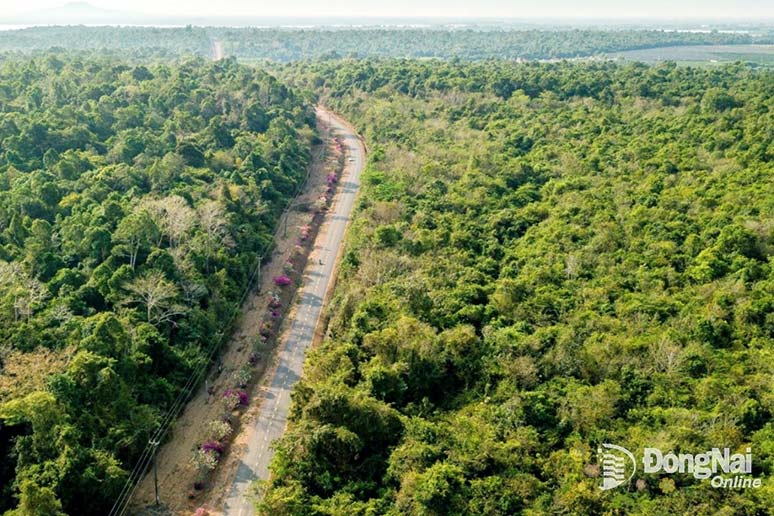
























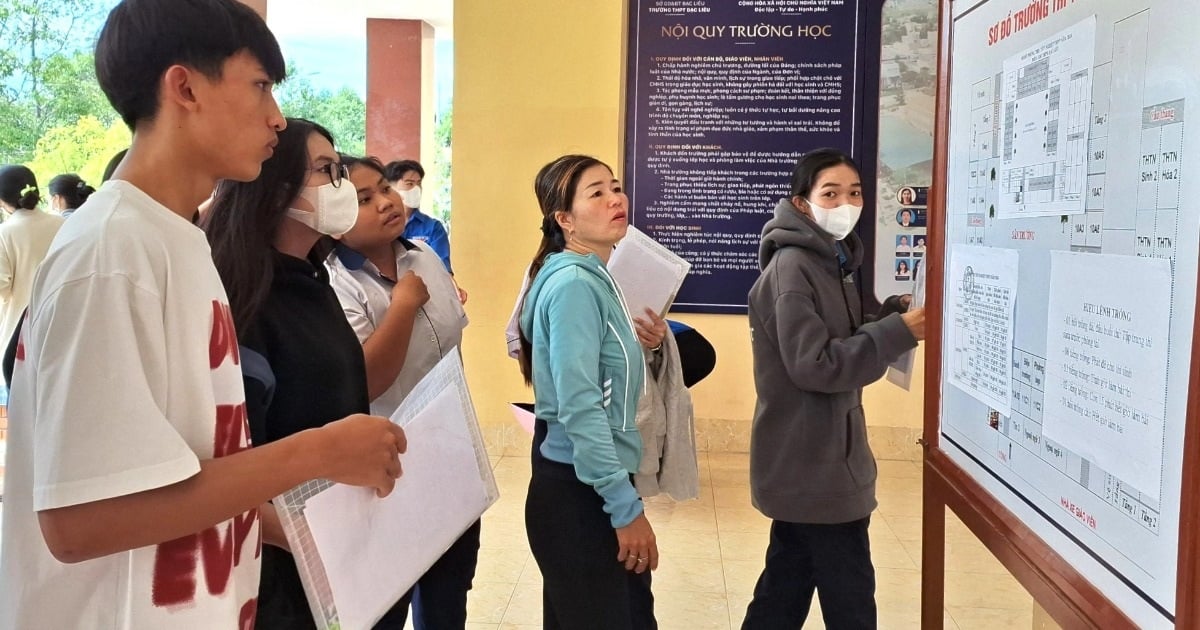
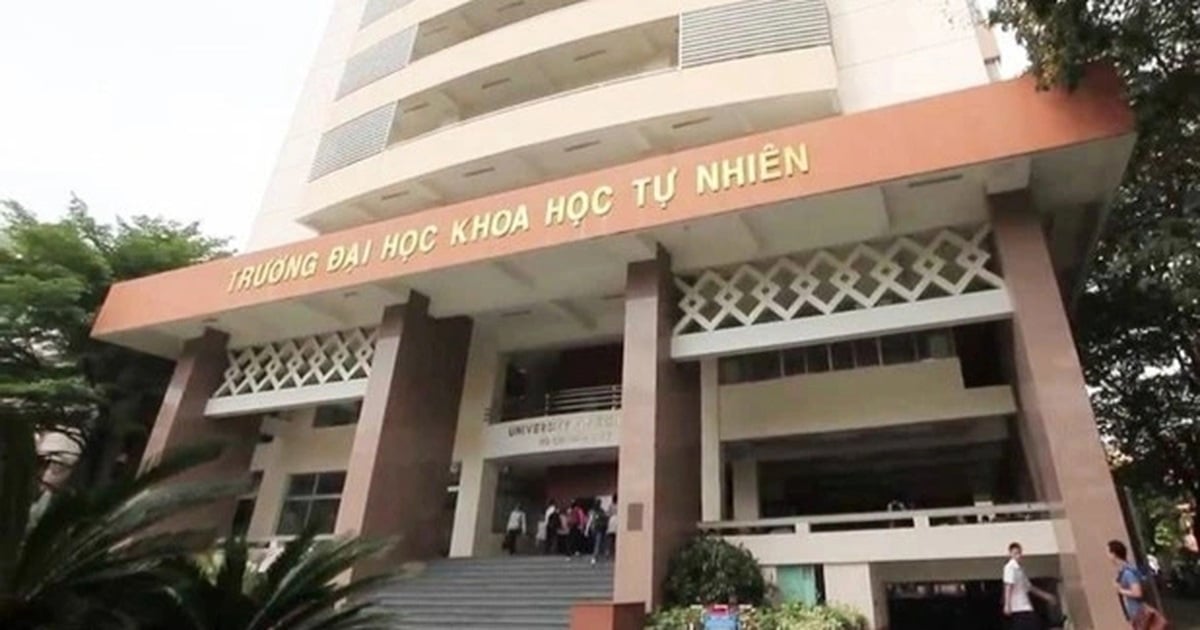

































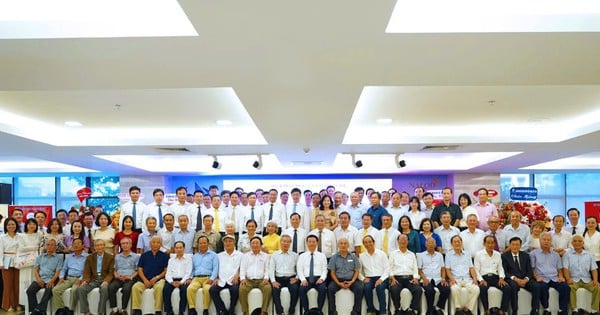

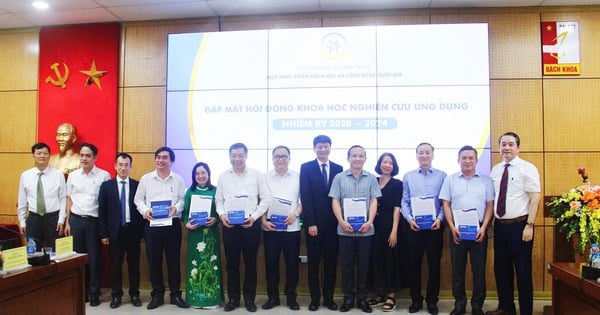
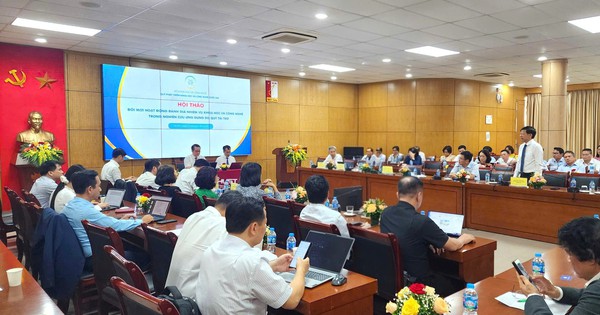






























Comment (0)